If you’ve ever had a leaky roof, there is a good chance that your home has been plagued by molds. They can grow in the strangest of places and often when you least expect it. Molds love moisture; in fact, they can grow practically anywhere that has high humidity and constant exposure to moisture, and a leaky ceiling is exactly the kind of place it will thrive in.
Molds can also be difficult to identify at first glance because they come in many different forms. If left untreated, molds can have serious consequences for the occupants of a house and its value as an asset.
Fortunately, there are ways to prevent molds from growing in your home or remove them if they do appear. In this article, we will discuss several simple steps that will help you get rid of those nasty spores once and for all.
Celing Mold Removal First Step: Change the Conditions of your Home
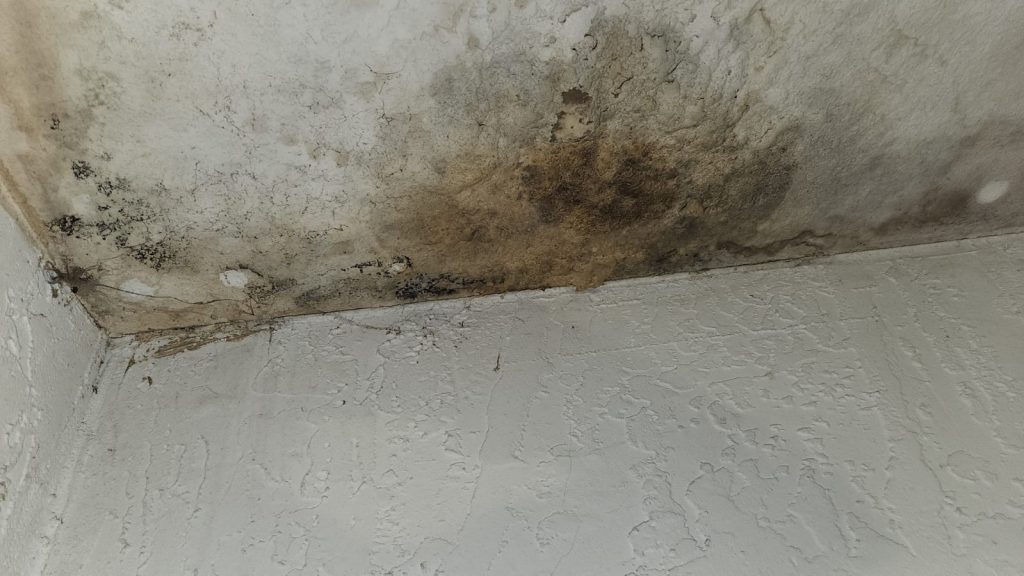
Even if you can identify the source of the mold, this doesn’t mean that it will go away on its own. It thrives in moist conditions and can quickly spread if the cause of its growth isn’t addressed. The first step in ceiling mold removal and stopping the growth of mold is to make some changes in your household that will allow for a balanced environment.

1. Control the moisture in your home
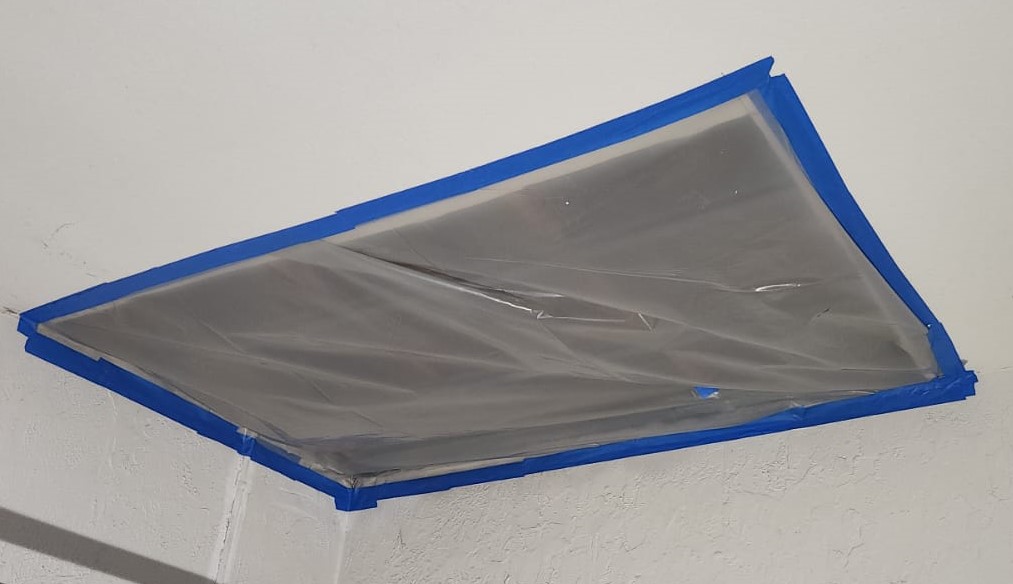
As previously mentioned, one of the best ways to prevent molds from growing is to reduce the humidity in your home. While this may seem obvious, many homeowners overlook this simple yet effective step. There are plenty of ways to naturally dehumidify your home:
Install humidity sensors. If you live in a humid climate, you must make an effort to reduce the amount of moisture. This can be done by installing a humidity sensor. These will alert you when the levels of moisture are too high, giving you ample time to take preventive action.
Use a dehumidifier. Dehumidifiers can sometimes make the environment too dry, leading to another set of problems, so it’s better to make sure to check those humidity sensors and find the perfect balanced temperature.
Having a balanced temperature in your home will help you prevent the growth of these spores and the serious health issues that come with them.
2. Aerate your home; have proper ventilation
An often forgotten factor in mold prevention is ventilation. Proper ventilation will help stop the spread of spores and prevent the growth of existing ones. If possible, open up the doors and windows of your home and let in some fresh air. This will allow for a more drastic reduction in humidity, where these spores cannot persist.
Open up the windows and turn on your fans to allow for a gentle breeze that will remove stale air from the room. Be sure that the windows you open are not in direct contact with trees, shrubs, or other plants; this is to prevent the transfer of mold from outside your home to inside it. If you have a ceiling fan, be sure to clean the blades and circulate both air and light to prevent the formation of mold in the corners of your ceiling.
Airborne spores can travel throughout your entire home, and are one of the main causes of the spread of molds. If having proper ventilation isn’t possible, you can also run an air purifier. An air purifier will be able to capture these spores before they have a chance to settle in your ceiling.
3. Use bleach and other cleaning agents
While it may sound like a good idea to just spray the affected or damaged area with bleach and call it a day, this can do more harm than good. Bleach is very effective at killing mold, but only if it’s applied properly; using too much bleach can cause discoloration and damage to the surface. To prevent damaging your ceiling, use a diluted bleach solution to scrub the area thoroughly. Be sure to follow the recommended ratio (usually 1 part bleach and 9 parts water).
Another good option is to use a scrub brush, a cleaning solution, and a combination of warm water and vinegar. You must wear protective gear while cleaning mold to avoid getting spores in your mouth or on your skin. You should also always wear a respirator or a face mask, rubber gloves, and goggles when handling the ceiling mold removal process.
4. Get help from a professional
As helpful as these ceiling mold removal tips are, there are some situations where it’s best to call in a professional. If you are unable to completely clean off the source of the mold, or if the amount of mold present in your home is too large to clean on your own, it may be best to hire a mold removal specialist. Many house restoration companies such as PuroClean of Pembroke Pines offer mold removal services, you just have to make sure that they’re experienced, reputable, trustworthy, licensed, and insured.
Conclusion
Mold is a common problem in homes that can grow in many different places, especially in the ceiling. It can often be difficult to remove if it has had enough time to grow. Thankfully, there are ways to prevent mold from growing in your home or remove it if it does appear. It is important to change the conditions of your home and to control the moisture around the house. You have to have proper ventilation around the house and use a proper cleaning agent and protective gear, and equipment when getting rid of mold. If you are dealing with the worst situation and are uncertain to proceed with dealing with molds, it is important to have an expert handle it instead.
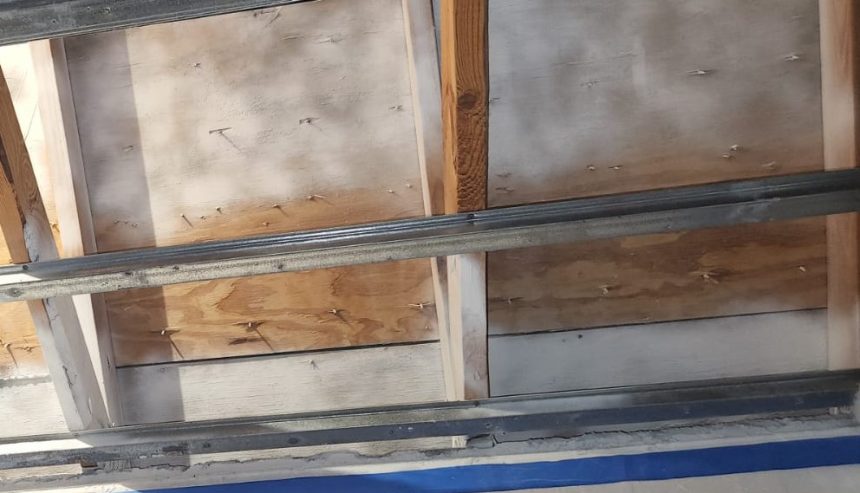
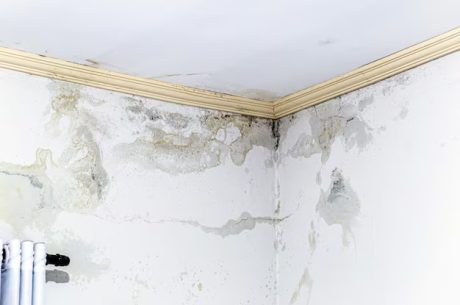
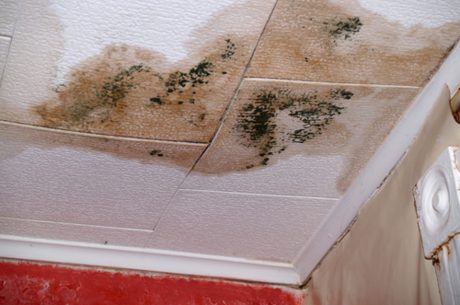
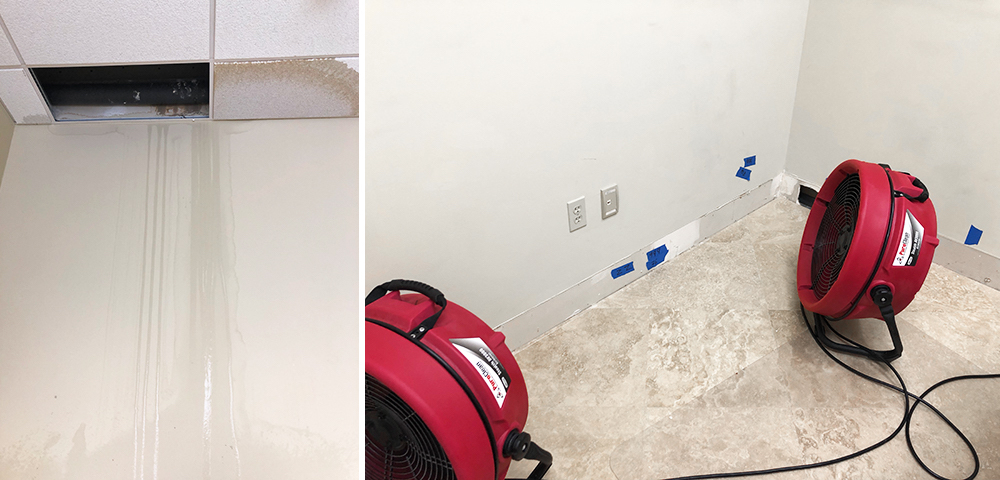
 PuroClean of Ft. Lauderdale South
PuroClean of Ft. Lauderdale South